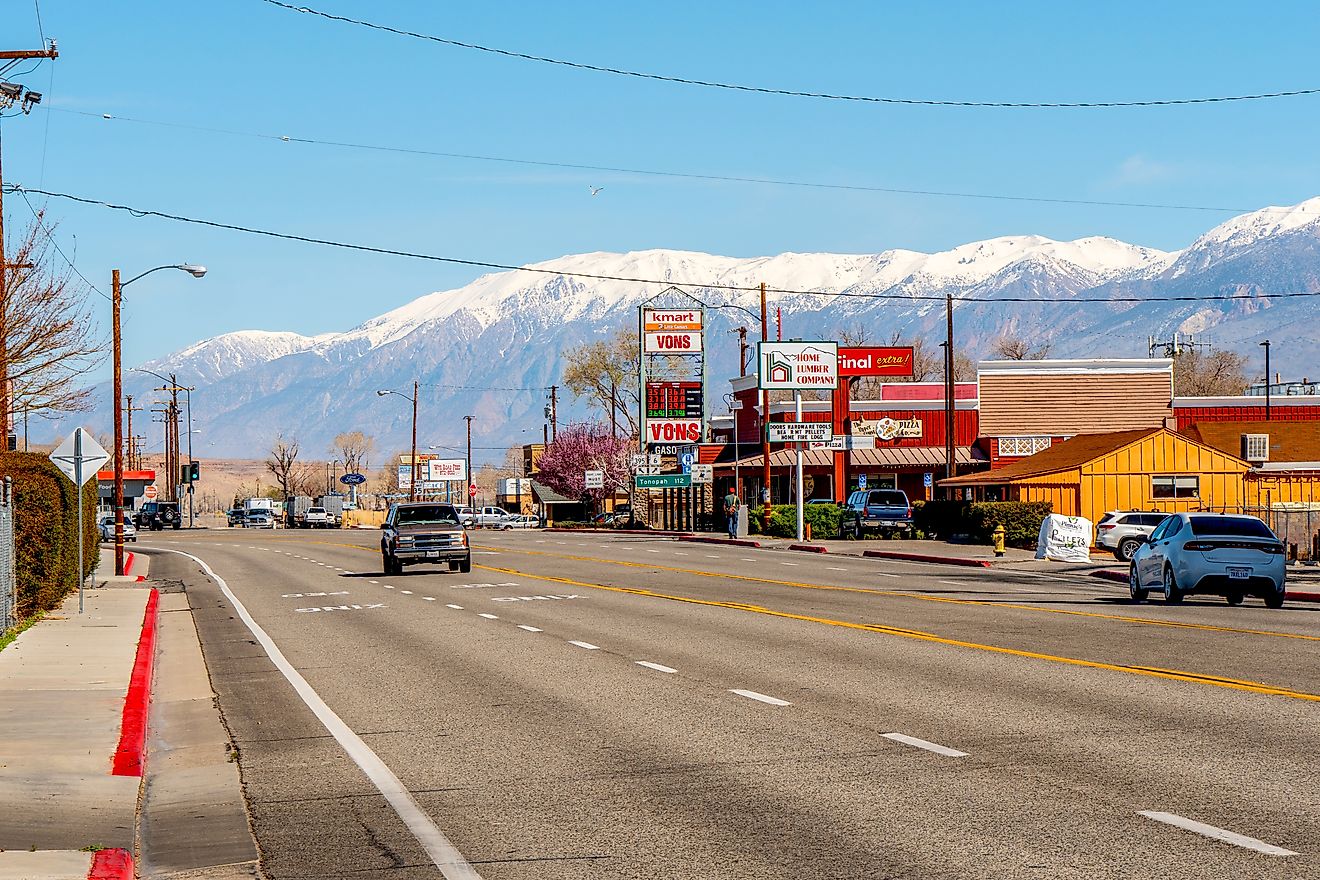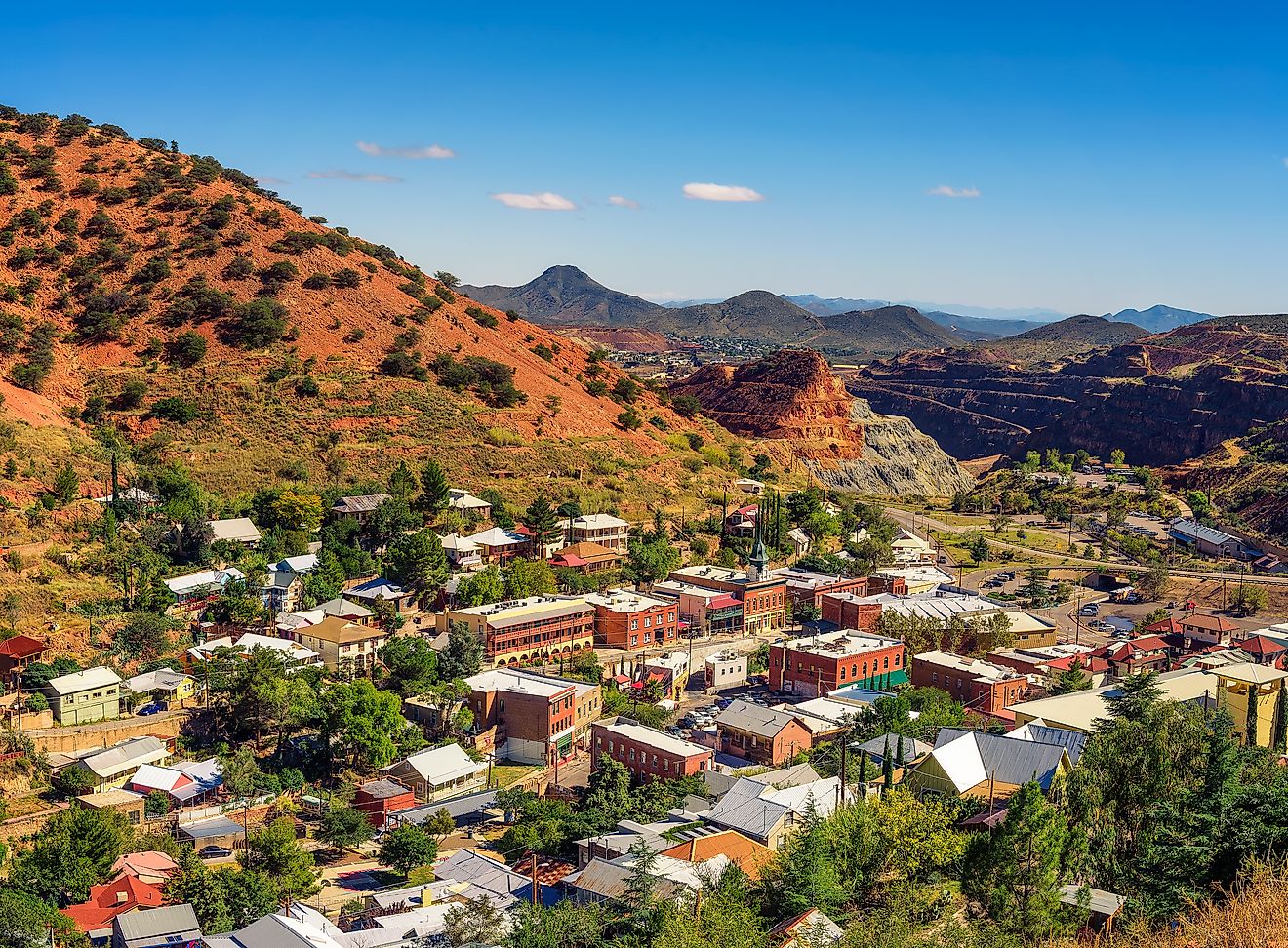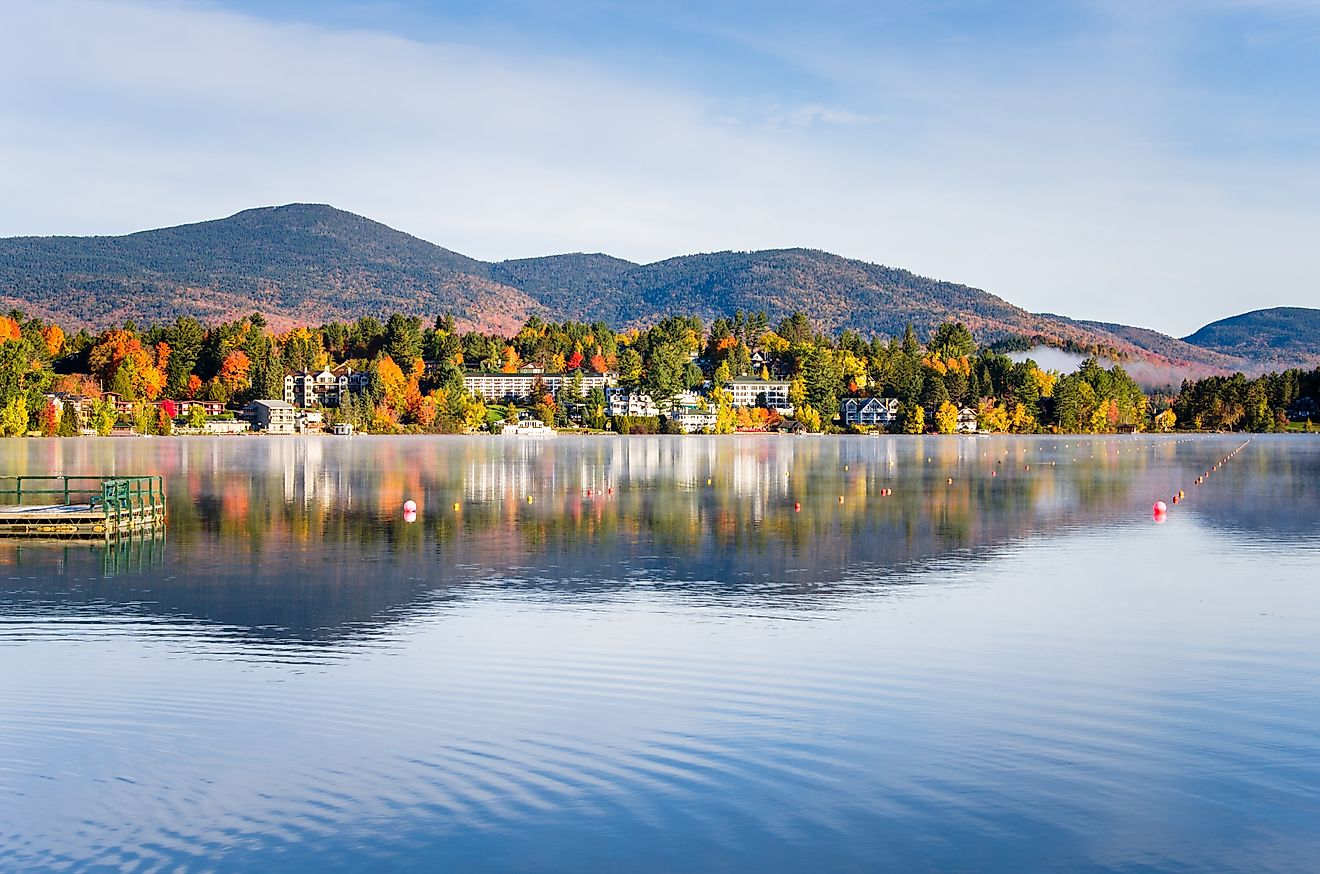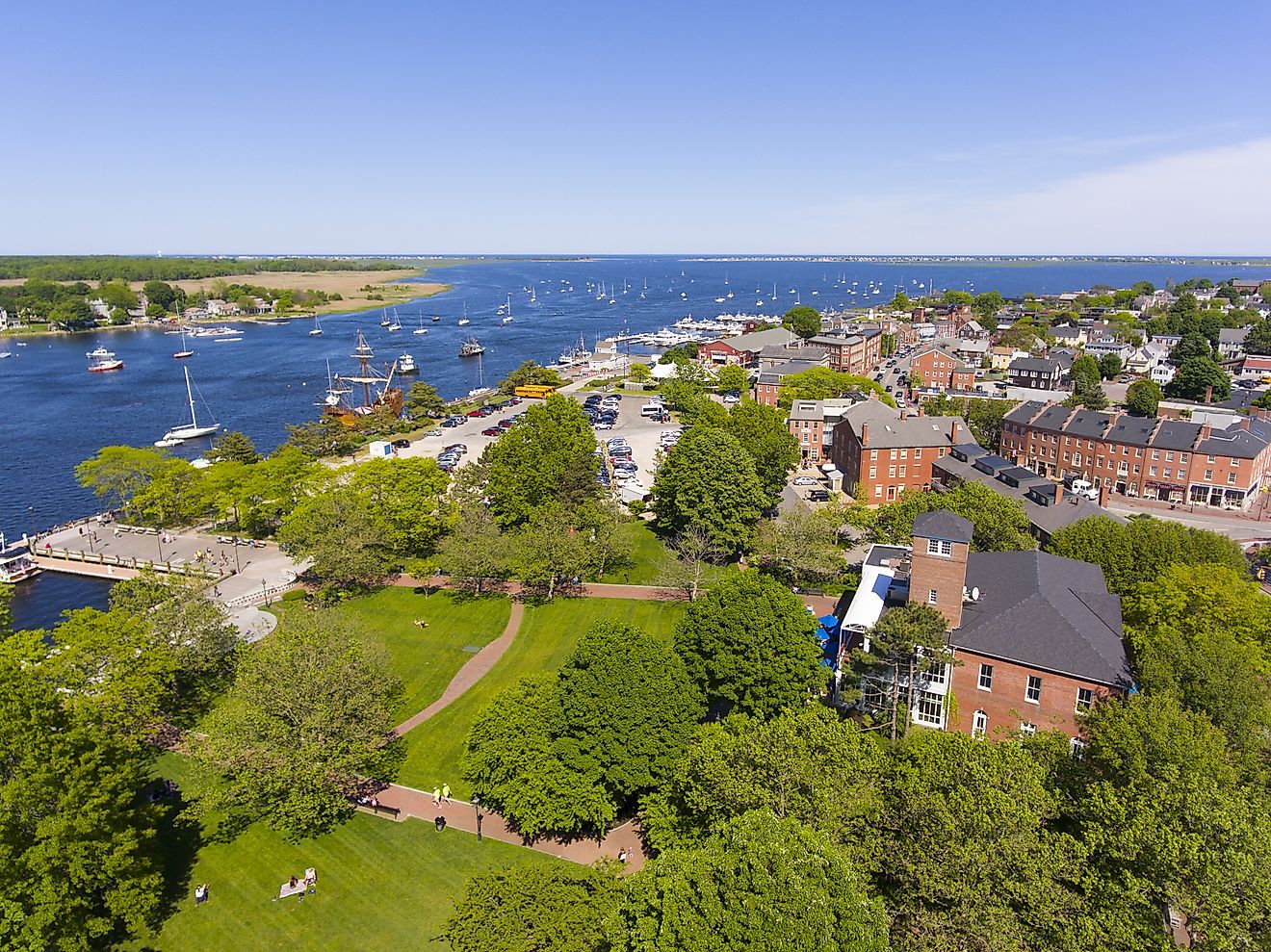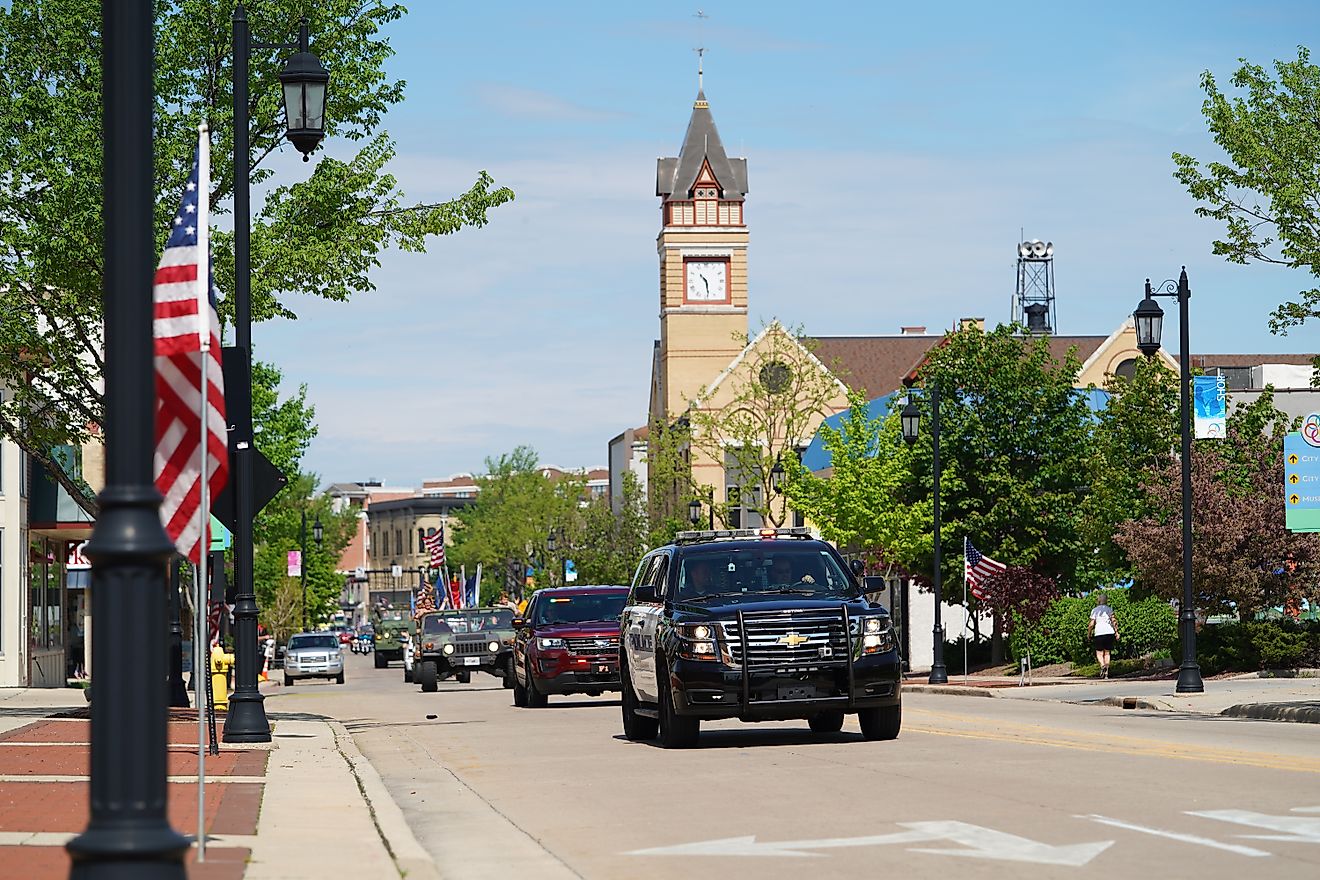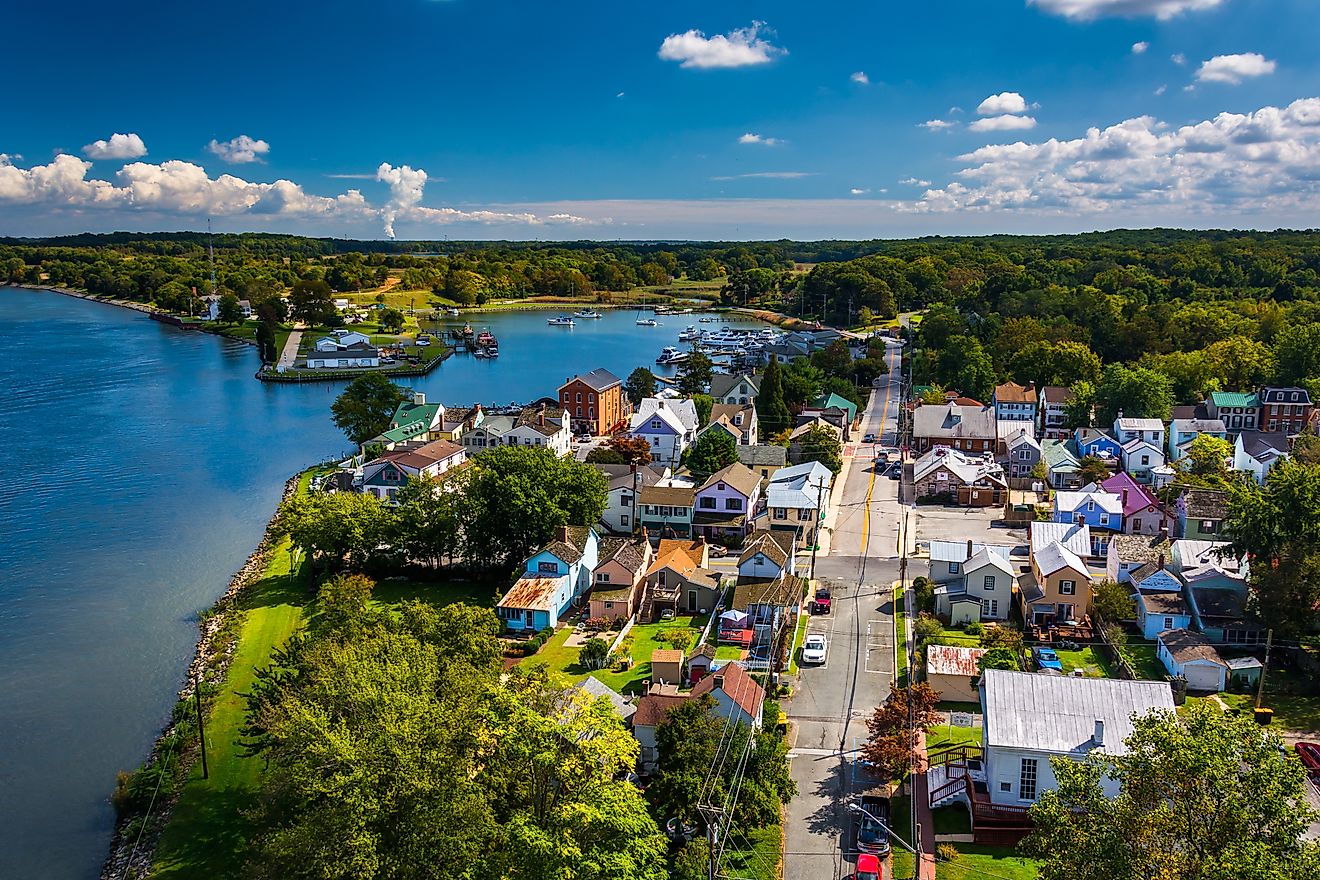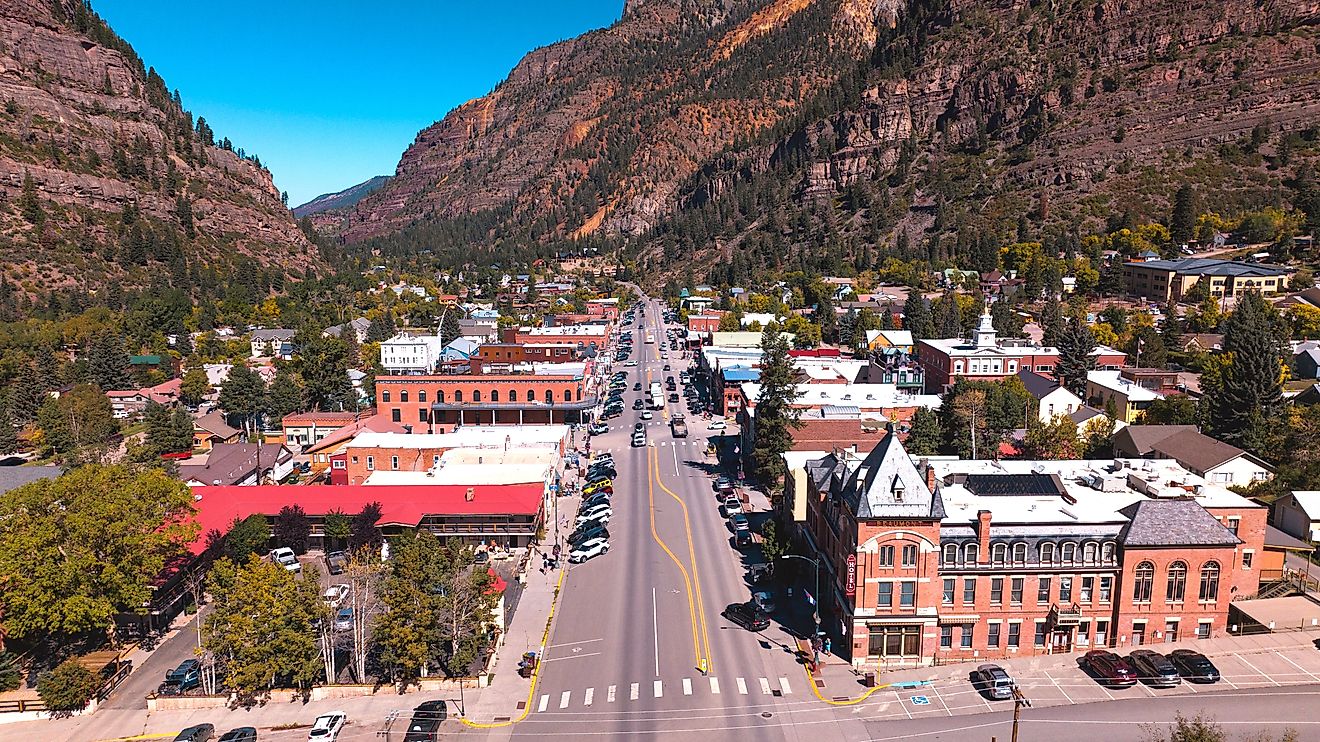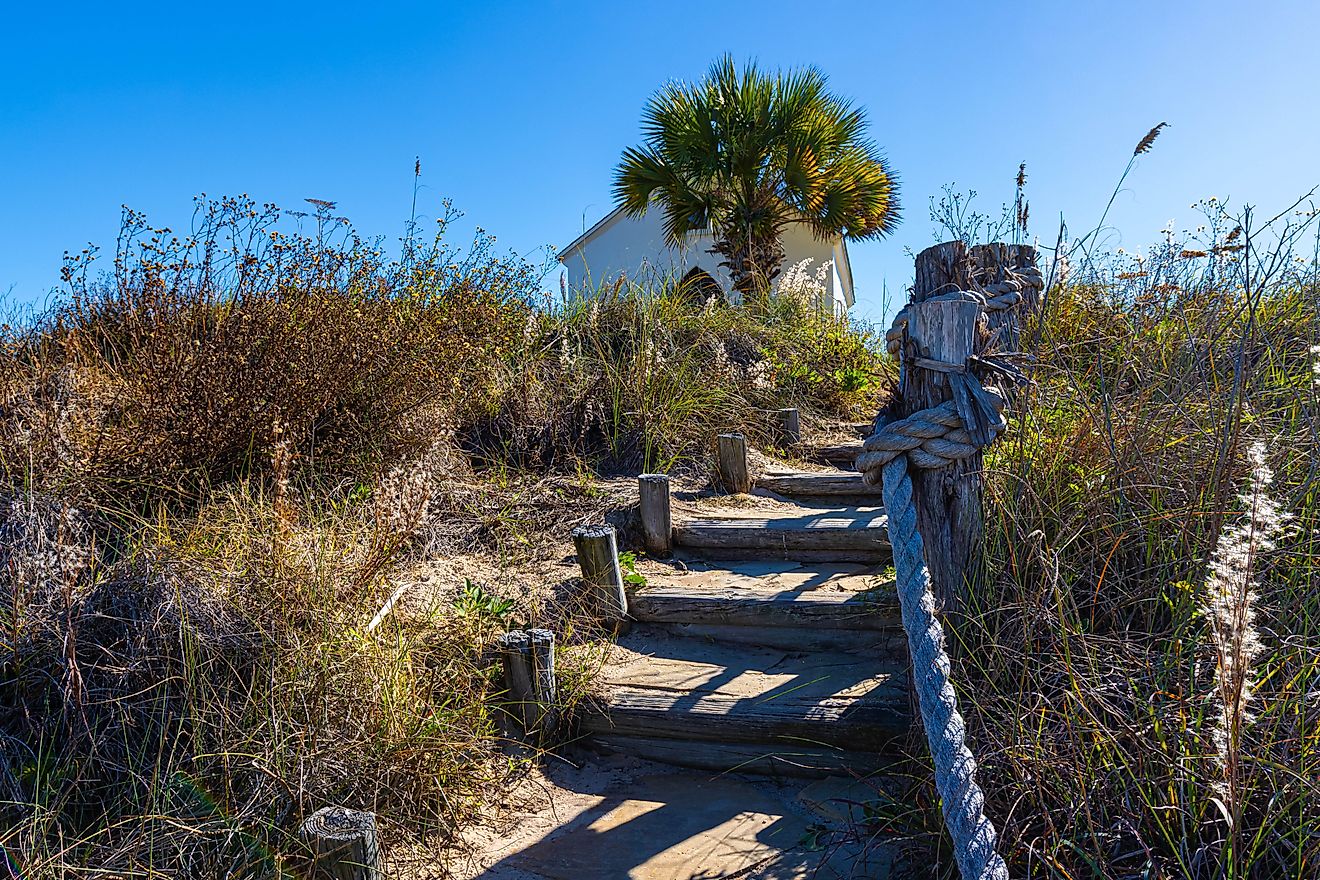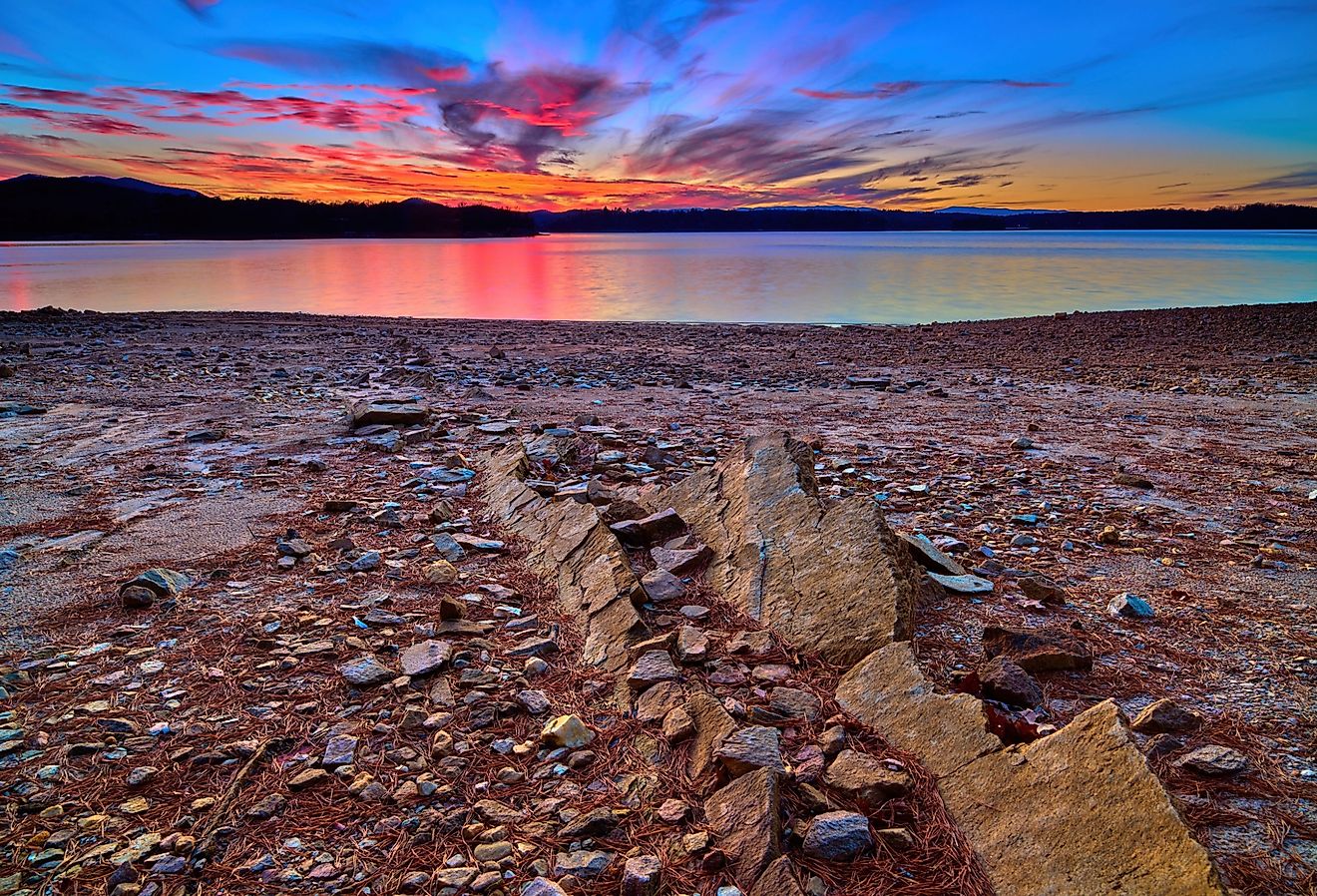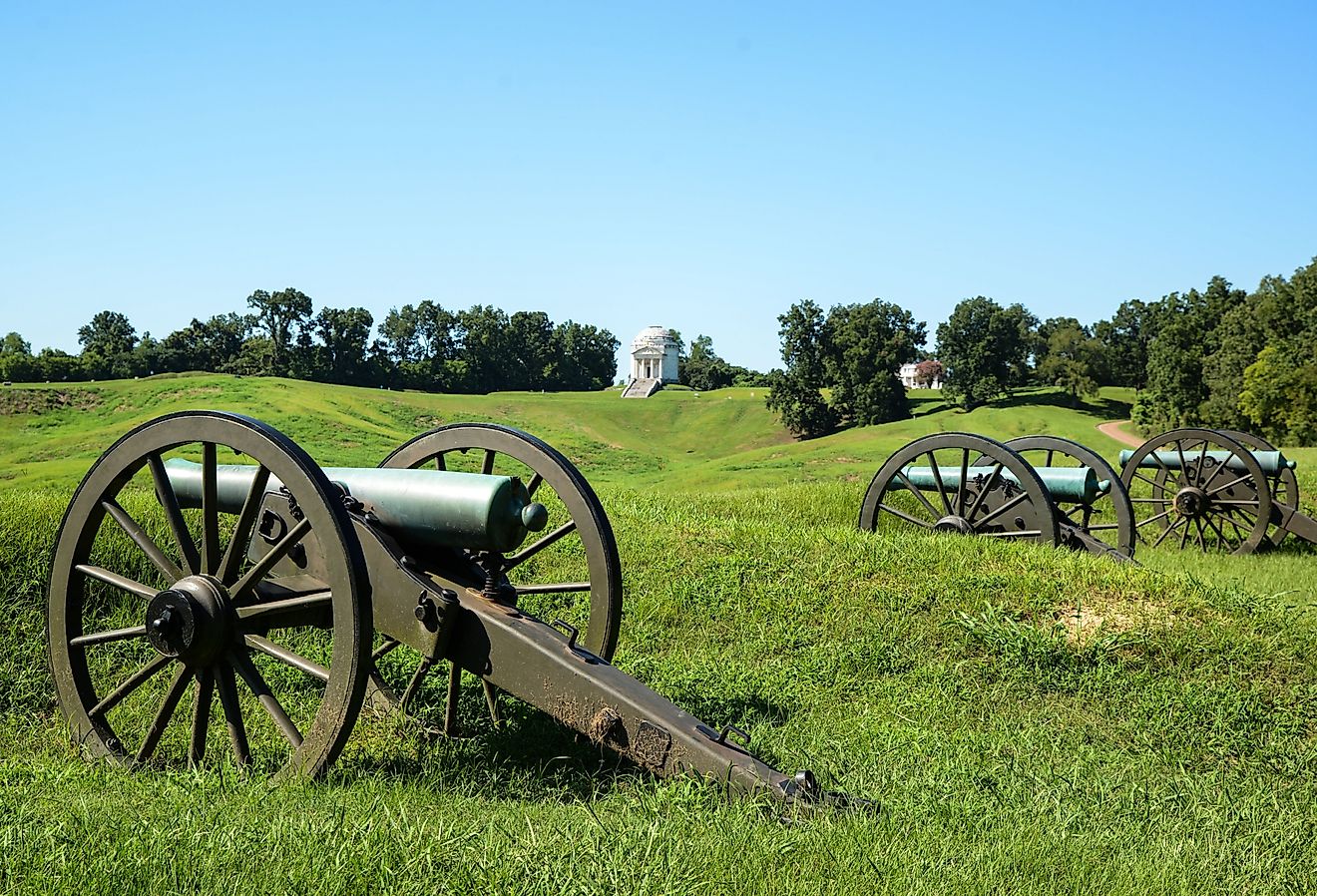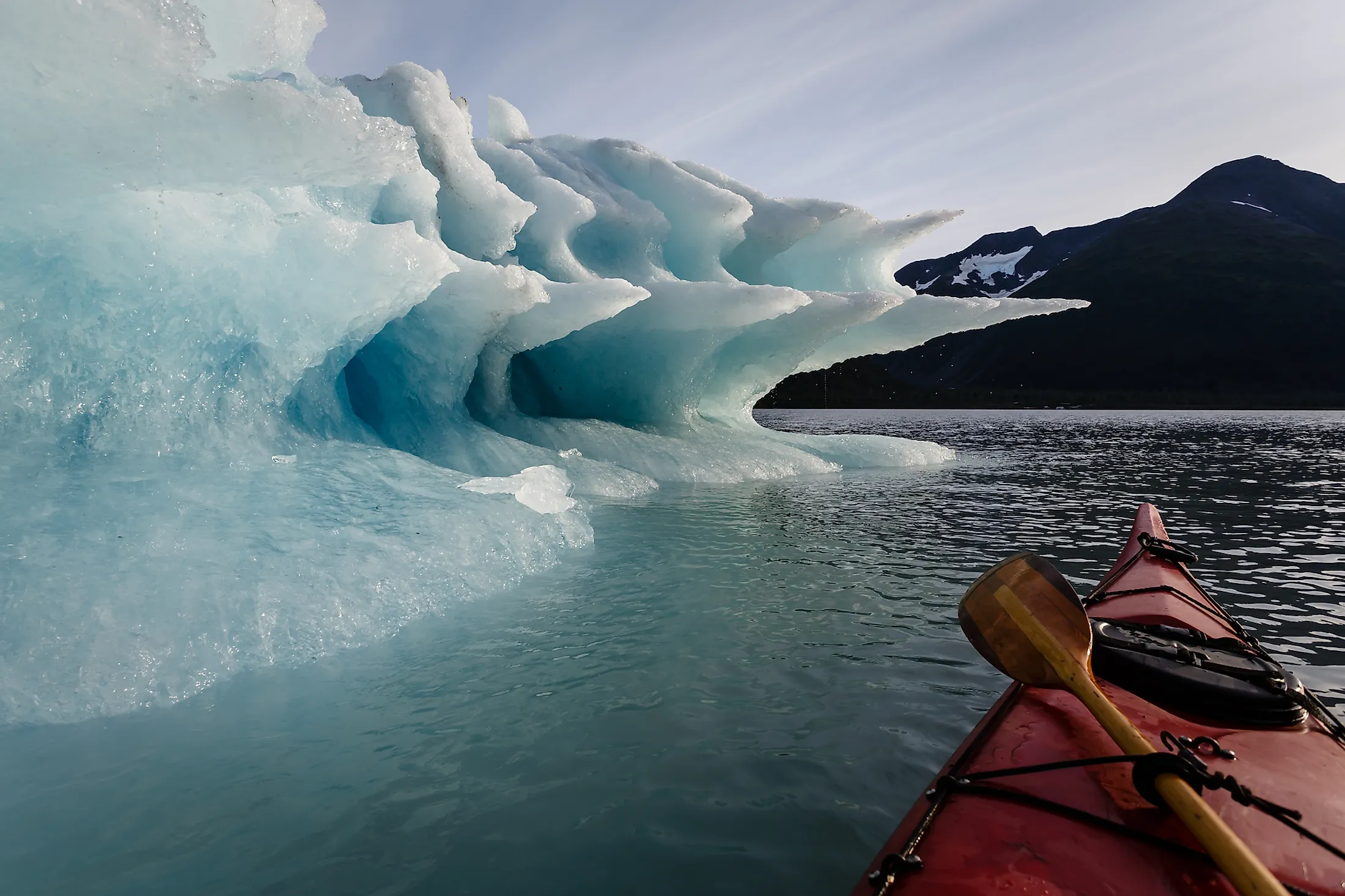
Kenai Fjords National Park, Alaska
Nicknamed as “The Last Frontier”, the US State of Alaska is geographically positioned in the far northwestern corner of the continent of North America. Covering an area of 1,717,856 sq. km, Alaska is also the largest and the 3rd least populous state in the USA. The state’s extensive area features many geographical landforms ranging from active volcanoes, majestic mountains, and huge tracks of forests. It is reported that over 65% of the state’s total land area is managed as “public lands” by the Government. These public lands also include the state’s national parks, national forests, and national wildlife refuges including the Kenai Fjords National Park.
Contents:
Location
Situated in southcentral Alaska’s Kenai Peninsula to the west and southwest of the town of Seward is the Kenai Fjords National Park. The Park covers an area of 2,711.3 sq. km and is Alaska’s smallest national park. The Kenai Fjords National Park is located about 210km to the south of Anchorage – the largest and the most populous city in Alaska. The Park is bounded by the Kachemak Bay State Park on the south and by the Kenai National Wildlife Refuge on the west.
Geography
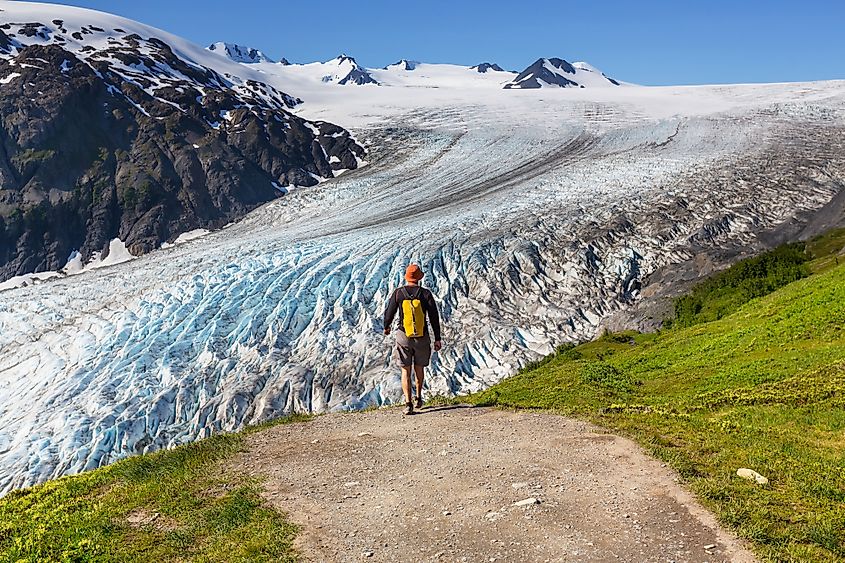
The most prominent feature of the Kenai Fjords National Park is the Harding Icefield, which is one of the biggest icefields in the country. The Icefield contains more than 1813 sq. km of ice that is estimated to be 1,000m thick and feeds about 38 glaciers that originate from this icefield. Some of the significant glaciers that originate from the Harding Icefield include the Bear Glacier, Exit Glacier, McCarty Glacier, etc. The Bear Glacier is the largest among all these glaciers. The Exit Glacier is Alaska’s most accessible valley glaciers that can be easily reached by a spur road of the Seward Highway. The highly indented glaciated coastline of the park is formed by the numerous fjords that are carved out by these glaciers. Some of the notable fjords of the park include the McCarty Fjord, the Harris Bay, the Nuka Bay, and the Aialik Bay. Located in the Kenai Mountains, an unnamed peak that rises to an elevation of 1,970m is the highest point in the Kenai Fjords National Park.
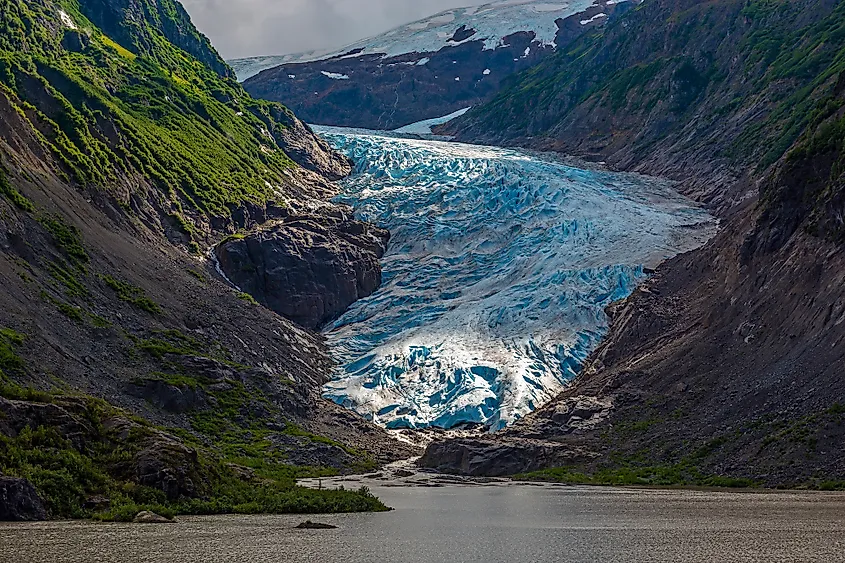
Geologists believe that the landscape of the park was shaped by the movement of tectonic plates when the Pacific Plate subducted beneath the North American Plate. The process resulted in the lowering of the elevation of the Kenai Mountains and gradually pulling all the glacial features down into the sea. This meeting of the freshwater from the glaciers and the seawater has led to the creation of a fjord estuary ecosystem. It is estimated that the floor of the fjords reaches a depth of 180 to 300m below sea level. The entire coastal region is made up of a mixture of terranes (which are rock segments that have been moved from their original home) and local igneous rocks. Some of the predominant rocks that are found in the park include chert, greenstone, shale, graywacke, and tuff.
The Kenai Fjords National Park is Alaska’s 5th most visited park and had received about 321,596 visitors in 2018. The Park is open throughout the year but the best time to visit the park is during the summer months of June, July, and August. The adjacent town of Seward serves as the departure point for the large cruise ships that provide access to the park. Exit Glacier is the most popular and accessible area in the park. The remaining area of the park is accessible by plane, boat, and by hiking.
Climate
According to the Köppen climate classification, the Kenai Fjords National Park experiences a “subarctic climate”. The Park faces frequent overcast and cool days and abundant rainfall during the summer months. It is estimated that the park’s Harding Icefield receives about 18m of annual snowfall.
Flora And Fauna
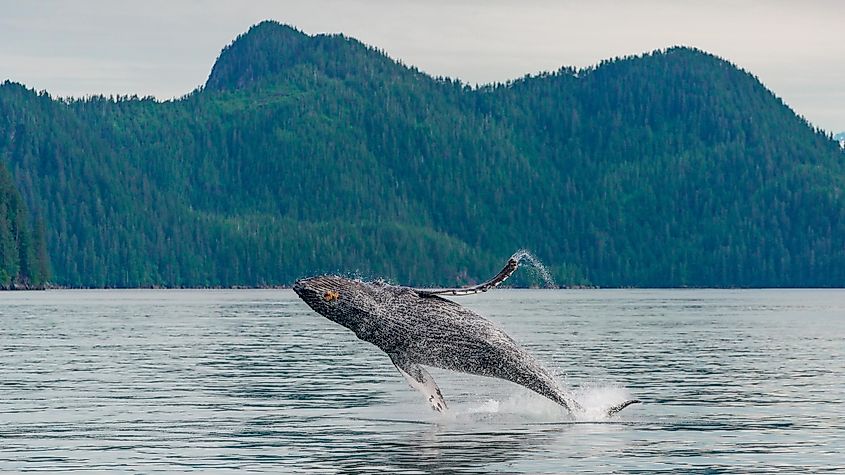
The glaciated landscape of the Kenai Fjords National Park is home to a diverse array of plants and animals. The harsh conditions limit the growth of trees at higher altitudes and the tree line varies from 230 to 300m above sea level. The alpine regions support plants like alders, lady fern, elderberry, cow parsnip, etc. In the higher alpine regions dwarf plants like black crowberry, partridge foot, etc. are found. The forested parts of the Kenai Fjords National Park are covered by conifers, while deciduous forests are found in those areas that are left by the retreating glaciers.
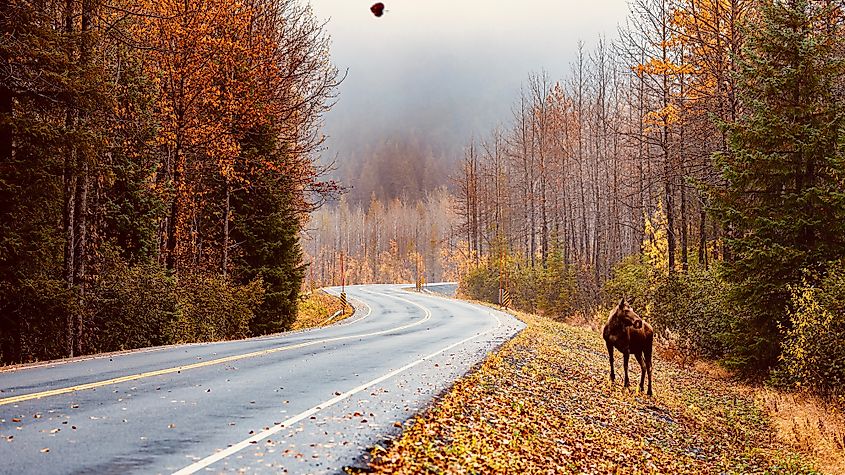
Some of the notable terrestrial animals that are found here include American black bears, Canadian lynx, mountain goats, timber wolf, river otter, beaver, coyote, snowshoe hares, porcupine, etc. Some marine animals that are found here include Steller sea lion, sea otter, harbor seals, humpback whale, fin whale, minke whale, orca, Pacific white-sided dolphin, Dall’s porpoise, etc. Several avian species like the bald eagle, peregrine falcon, Steller’s jay, marbled murrelets, horned puffin, black-billed magpie, thick-billed murre, etc.
Brief History
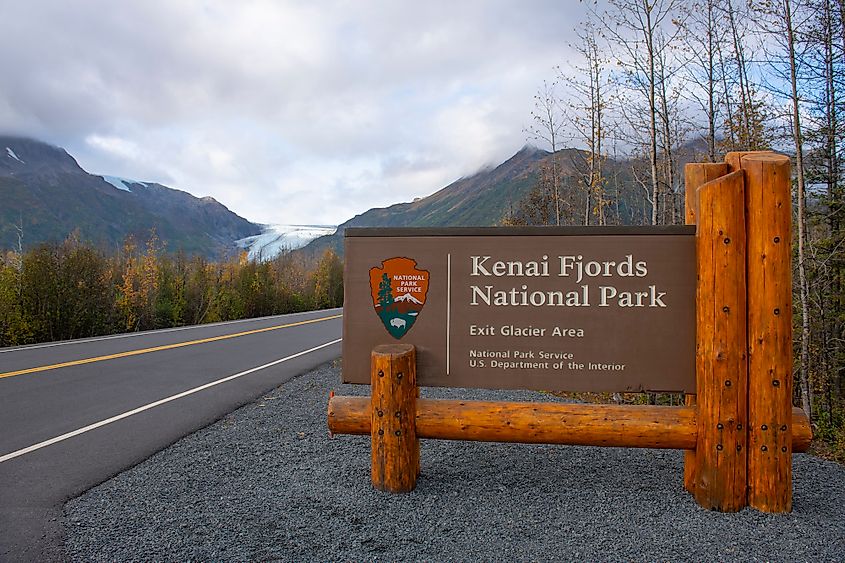
Archaeological studies have revealed the presence of many village sites in the area dating as far as 1200 AD to the 1920s. The survey also revealed that an earthquake in 1170 AD, resulted in the lowering of the shoreline by 1.8m and subsequently inundating all the early sites. Numerous historic gold mines have also been found in the park. On March 15, 1972, four areas of the Kenai Peninsula were set aside as “federally protected areas” by the Alaska Native Claims Settlement Act. Cecil Dale Andrus who served as the Secretary of the US Department of Interior proposed the establishment of the Kenai Fjords National Park. Under the Antiquities Act, on December 1, 1978, US President Jimmy Carter established the “Kenai Fjords National Monument”. On December 2, 1980, President Jimmy Carter signed the Alaska National Interest Lands Conservation Act that led to the establishment of the “Kenai Fjords National Park”.
